Estimated reading time: 6 minutes
If you have fruit trees, it probably follows that you want to maximise fruit harvest and grow as much fruit as possible.
Related Articles
Vegetable garden virtual tour
This virtual tour of a productive community vegetable garden will inspire and delight you, and is full of great ideas you can borrow.
Preparing your fruit trees for fire season
Protect your precious fruit trees and garden from fire risk with some pre-summer planning and taking a few key actions.
How to grow strawberries (that taste sweeter than shop bought)
Estimated reading time: 5 minutes We believe most fruit tastes better homegrown, but supermarket strawberries are one of those fruits that feel like…
There are three main ways to think about how to increase your fruit production:
- Plant more fruit trees
- Add more varieties to existing trees by grafting
- Improve the harvests you’re getting from your existing trees
We recommend doing all three!
But it can be hard to decide which varieties to add, so we’ve developed a system to help you figure it out.
Maximising the length and breadth of your harvest
One of the keys to maximising productivity is aiming for a long harvest period. Autumn is a great time to do some planning for your home garden.
For example, we’ve designed our place so we harvest fresh fruit for at least 6 months each year. We pick the first fruit in late spring and have something to harvest all the way through to late autumn.
As well as a long harvest period, we also aim to have as much variety as possible every week. That’s where the “breadth” comes in.
It’s relatively easy to replicate this at your place, and there are at least two good reasons to give it a go.
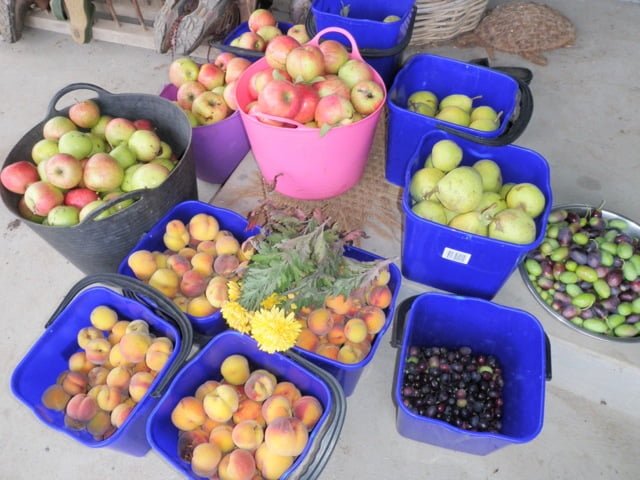
The first is to give you at least some protection against the myriad risks that happen every year which can damage or diminish your crop.
When something bad happens (as it inevitably does), it’s rare for it to affect all your fruit trees in the same way. The more different types of fruit you have, the more chance that at least some of them will get through the whole season unscathed!
The second reason is to provide as much nutrition as possible in your diet.
How to plan to maximise your harvest
It’s a pretty simple planning process:
- For each fruit type (e.g., apples, pears, peaches) choose early, mid-season, and late varieties;
- Map out the likely harvest dates of each variety in a calendar;
- You’ll then be able to see how many varieties you are likely to be harvesting each week over the season;
- Adjust to suit your family, your climate, and your preferences.
When deciding the total number of trees you want you’ll also need to consider factors like how many trees you can fit in, how much water you have, and how much time you have.
When choosing the actual varieties, think about including some lesser-known varieties, like these unusual but delicious Kieffer pears.
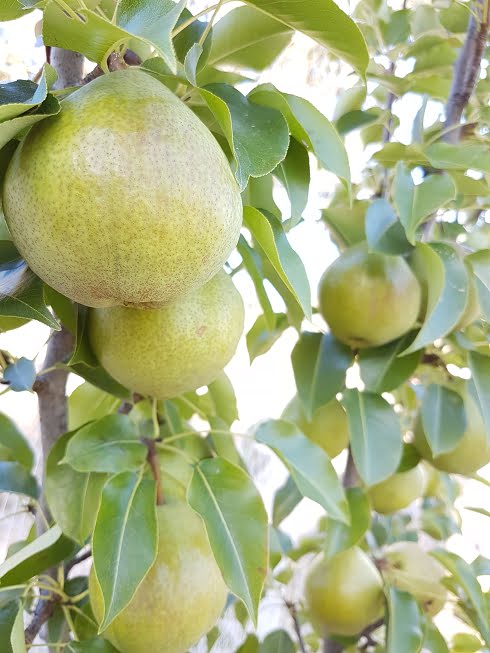
These hard-to-find Fragar heritage white peaches are another example of an unusual variety that’s worth seeking out.
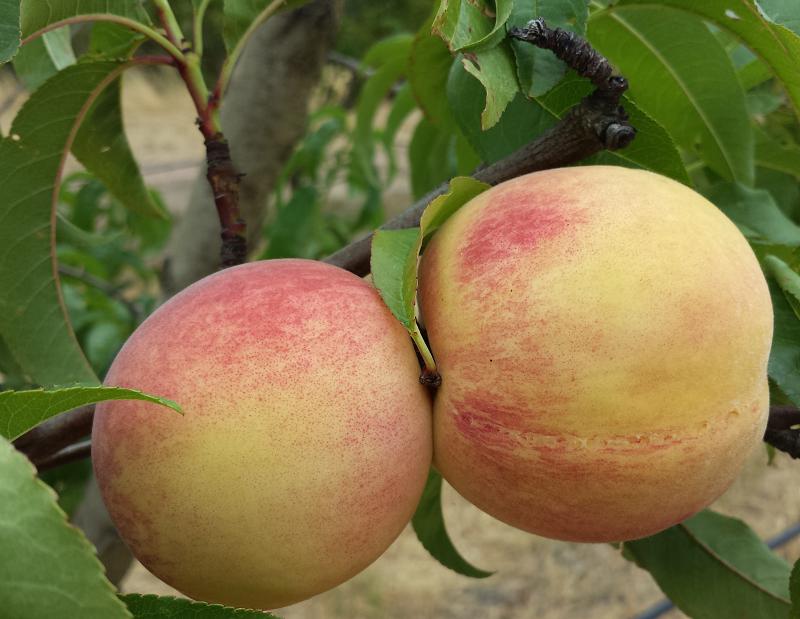
You’ll never see these in the shops because the skin is quite fragile and bruises easily. But they are one of the latest ripening white peaches. They’re also huge fruit with a fragrant and delicate peach flavour. They’re well worth a place in your garden.
Less well-known varieties often ripen at slightly different times than more common varieties, which is good to know when you’re aiming to extend your harvest season.
Including obscure and heritage varieties also helps to provide more variety in your diet and biodiversity in your garden.
More importantly, you’ll be helping to preserve some of these heritage varieties that might otherwise disappear.
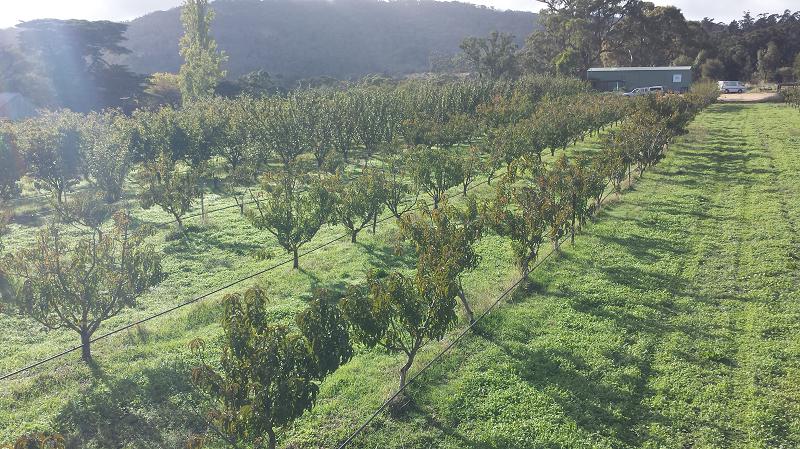
How many varieties is realistic?
We grow at least 140 different varieties of fruit at our place.
That includes cherries, apples, pears, peaches, nectarines, plums, citrus, figs, berries, loquats, and mulberries.
We’re also constantly on the lookout for, and adding new varieties.
That means that between late spring and late autumn, we normally have at least two, and up to 15 or more, different varieties of fruit available to eat fresh from the tree every week.
We never get bored with our fruit choices!
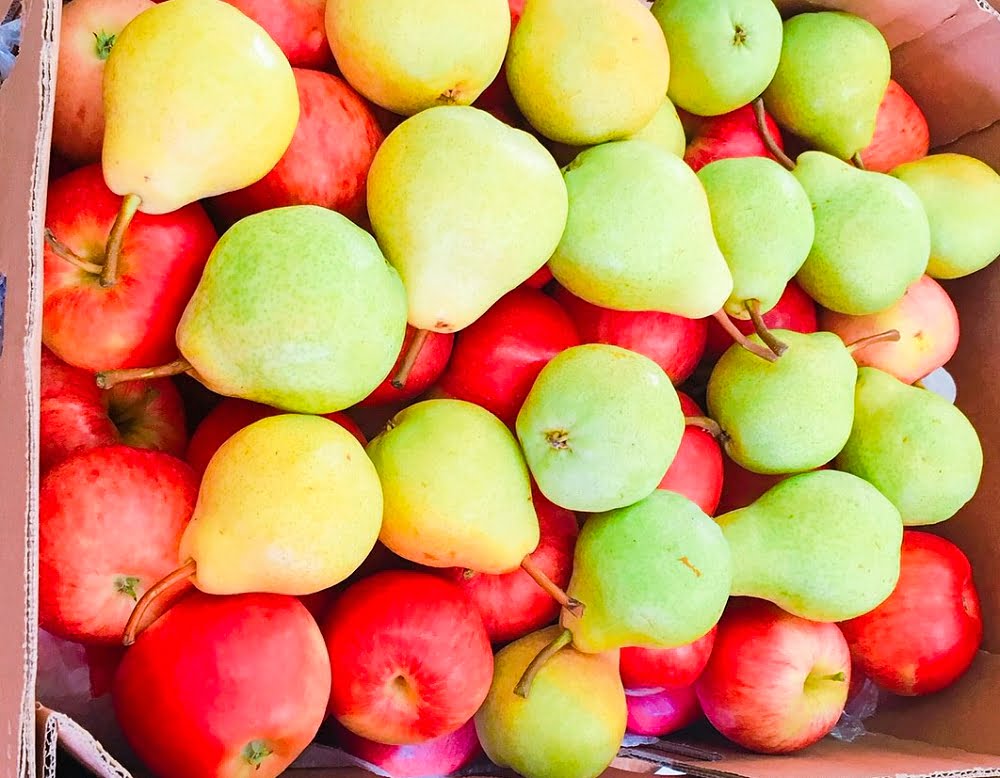
That’s easy for you to say…
We’re lucky enough to live on a farm, so we have heaps of space. 140 varieties is relatively easy when you have 5 hectares of orchard, right?
Well, yes, but this system truly is replicable on a much smaller scale.
Remember the “tree of 40 fruit” project we talked about in this blog?
Having 40 varieties on the one tree is probably a bit extreme, but having 2, 3, or even 5 is very doable.
Maximising fruit harvest is good for your health
Most modern agriculture is heading more and more toward monoculture. As a result, we’re losing varieties and our ecosystem is suffering.
At the same time, our diets are becoming more simplified, and our health is suffering.
The system we’ve developed here on the farm (and share in the Grow Great Fruit program) is all about polyculture, variety, and biodiversity.
It’s based on many of the same principles as the permaculture system. At its core is the goal of maximising your fruit harvest.
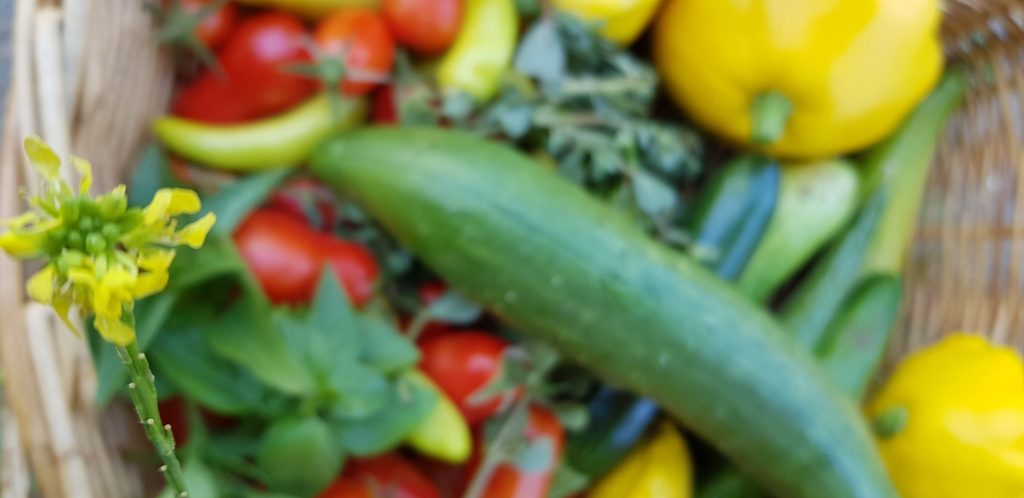
It all starts with aiming for diversity and then putting this very simple system in place.
It’s worked well for us for nearly two decades, ensuring we’ve harvested a constant supply of fruit every year (as well as nuts, and a pretty diverse range of vegies).
That’s been despite droughts, floods, hail, storms, bird plagues, and disease outbreaks.
And you can do the same thing at your place.
Related Articles
Vegetable garden virtual tour
This virtual tour of a productive community vegetable garden will inspire and delight you, and is full of great ideas you can borrow.
Preparing your fruit trees for fire season
Protect your precious fruit trees and garden from fire risk with some pre-summer planning and taking a few key actions.
How to grow strawberries (that taste sweeter than shop bought)
Estimated reading time: 5 minutes We believe most fruit tastes better homegrown, but supermarket strawberries are one of those fruits that feel like…

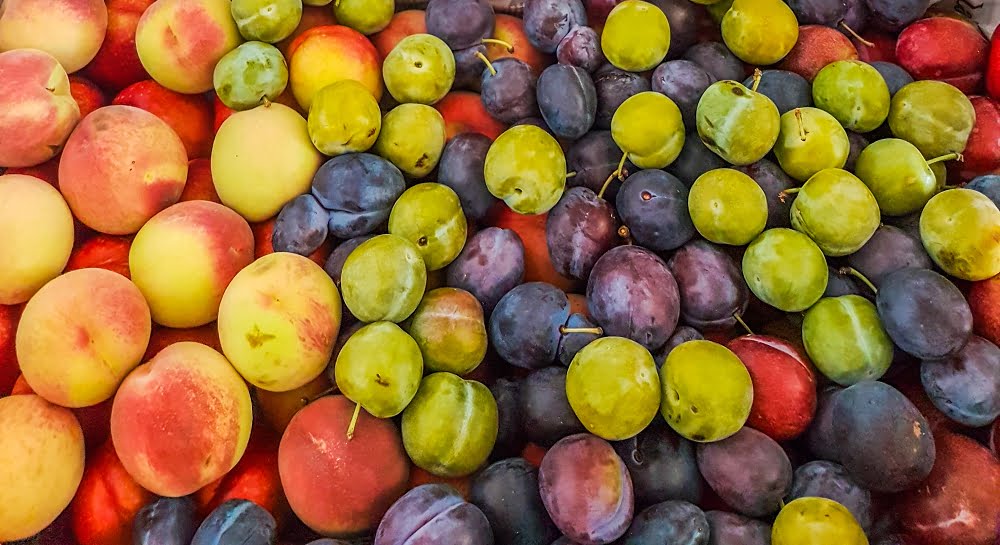





Hello. Wonderful newsletter. I have several varieties of cherry, apple, peaches, plums and nectarines but only one William pear. I’d like to graft on a couple of other varieties. Can you please tell me where I can purchase scions? TIA Carol
Hi Carol – so glad you’re enjoying the newsletter, thanks for letting us know! There are some online nurseries where you can buy scions (e.g. Werribee Park Heritage Orchard, Daley’s Fruit Tree Nursery, or The Lost Seed), but we’re always in favour of getting propagation material for free if possible. Do you have any friends with pear trees in their gardens, or are you in a local gardening group? If you’re on social media you could maybe have a hunt for a local gardening group that may be able to help – and as a bonus, you might make some new gardening friends!